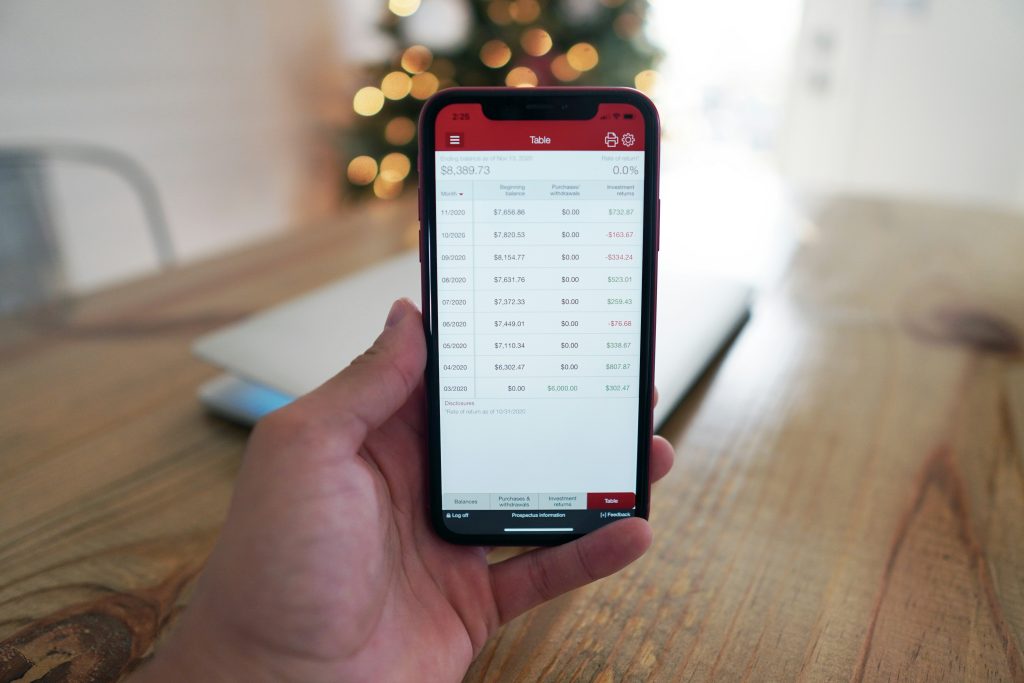Customs Bonds and Compliance: The Ultimate Guide

Introduction
This comprehensive guide will explore the ins and outs of customs bonds, their types, requirements, and the compliance measures necessary for successful global trade operations.
What is a Customs Bond?
A customs bond is a financial guarantee to the U.S. Customs and Border Protection (CBP) that ensures all duties, taxes, and fees owed on imported goods will be paid. It serves as a contract between three parties: the principal (importer or broker), the surety company, and CBP.
Key Points:
- Financial guarantee to CBP
- Ensures payment of duties, taxes, and fees
- Required for most import transactions
- Facilitates the release of goods from CBP custody
Types of Customs Bonds
There are several types of customs bonds, each serving a specific purpose in international trade:
1. Single Entry Bond
- Purpose: Covers a single import transaction
- Use Case: Occasional importers or one-time shipments
- Validity: Valid for one specific entry
2. Continuous Bond
- Purpose: Covers multiple import transactions over a period
- Use Case: Regular importers with frequent shipments
- Validity: Usually valid for one year, renewable
3. International Carrier Bond
- Purpose: Covers carriers transporting goods internationally
- Use Case: Airlines, shipping lines, trucking companies
- Validity: Continuous, renewed annually
4. Warehouse Bond
- Purpose: Covers the operation of a bonded warehouse
- Use Case: Companies operating customs bonded warehouses
- Validity: Continuous, renewed annually
5. Foreign Trade Zone (FTZ) Bond
- Purpose: Covers operations within a Foreign Trade Zone
- Use Case: Companies operating in or utilizing FTZs
- Validity: Continuous, renewed annually

How to Obtain a Customs Bond
Obtaining a customs bond involves several steps:
Decide which type of bond is needed based on your import activities.
The bond amount is typically 10% of duties, taxes, and fees paid in the previous year, with a $50,000 minimum for continuous bonds.
Select a surety company approved by the U.S. Department of the Treasury.
Submit necessary documentation, including:
Importer number
Business information
Import history
Financial statements (for continuous bonds)
Bond premiums typically range from 1% to 3% of the bond amount.
Once approved, file the bond with CBP through a licensed customs broker or directly via the ACE portal.
Customs Bond Requirements for Importers and Exporters
Understanding the requirements for customs bonds is crucial for importers and exporters:
For Importers:
- Mandatory for Most Imports: Required for most formal entries valued over $2,500.
- Bond Amount: Must be sufficient to cover potential duties, taxes, and fees.
- Continuous Bond Minimum: $50,000 for most importers.
- Single Entry Bond: Amount determined by shipment value and type.
For Exporters:
- Generally Not Required: Most exports don’t require a customs bond.
- Exceptions: May be required for certain controlled commodities or specific export programs.
- Carnets: ATA Carnets may require a bond for temporary exports.

Managing Customs Bond Liability
Effective management of customs bond liability is essential for maintaining compliance and financial stability:
Regularly review import volumes and values to ensure bond sufficiency.
Conduct yearly reviews to determine if bond amount needs adjustment.
Ensure all duties, taxes, and fees are paid on time to avoid claims against the bond.
Maintain accurate records of all import transactions and bond-related documents.
Keep your surety company informed of significant changes in import activities.
Implement risk assessment and mitigation strategies for import operations.
Participate in CBP programs like Customs-Trade Partnership Against Terrorism (C-TPAT) to demonstrate commitment to compliance.
Technology Solutions for Customs Compliance
Modern software solutions play a vital role in managing customs bonds and ensuring compliance:
1. Bond Management Systems
- Track bond expirations and renewals
- Monitor bond utilization and sufficiency
- Generate alerts for potential issues
2. Customs Compliance Platforms
- Automate customs entries and documentation
- Perform real-time compliance checks
- Integrate with CBP systems for seamless data exchange
3. Risk Assessment Tools
- Analyze import data for potential compliance risks
- Identify patterns and anomalies in customs activities
- Provide insights for proactive compliance management
4. Document Management Systems
- Centralize storage of customs-related documents
- Ensure easy retrieval for audits and reviews
- Maintain records for the required retention period
5. Reporting and Analytics
- Generate custom reports on bond usage and compliance metrics
- Provide dashboards for monitoring key performance indicators
- Support data-driven decision-making for customs operations

International Trade Regulations and Customs Bonds
Customs bonds intersect with various international trade regulations:
1. Harmonized Tariff Schedule (HTS)
- Proper classification ensures accurate duty calculation and bond sufficiency
2. Free Trade Agreements (FTAs)
- Understand how FTAs impact duty rates and bond requirements
3. Antidumping and Countervailing Duties (AD/CVD)
- Special bond requirements may apply for goods subject to AD/CVD
4. Customs Valuation Rules
- Accurate valuation is crucial for determining appropriate bond amounts
5. Country of Origin Regulations
- Compliance with origin rules affects duty rates and bond liability
6. Prohibited and Restricted Goods
- Certain goods may require additional permits or higher bond amounts

Best Practices for Customs Bond and Compliance Management
To ensure smooth operations and maintain compliance, consider these best practices:
- Stay Informed: Keep up-to-date with CBP regulations and procedures.
- Implement Compliance Programs: Develop and maintain a robust customs compliance program.
- Leverage Technology: Utilize customs compliance software for efficient management.
- Regular Training: Provide ongoing training for staff involved in import/export operations.
- Conduct Internal Audits: Perform regular audits to identify and address compliance issues.
- Maintain Open Communication: Foster good relationships with CBP and your surety company.
- Seek Expert Advice: Consult with customs attorneys or consultants for complex issues.
- Plan for Contingencies: Develop plans for potential bond insufficiency or claims.

Conclusion
Customs bonds are a critical component of international trade, ensuring compliance with CBP regulations and facilitating the smooth flow of goods across borders. By understanding the types of customs bonds, their requirements, and best practices for compliance management, businesses can optimize their global trade operations and minimize risks.
As the regulatory landscape continues to evolve, staying informed about customs bonds and compliance issues will be crucial for success in international commerce. Leveraging technology solutions and implementing robust compliance programs will help businesses navigate the complexities of global trade with confidence.
